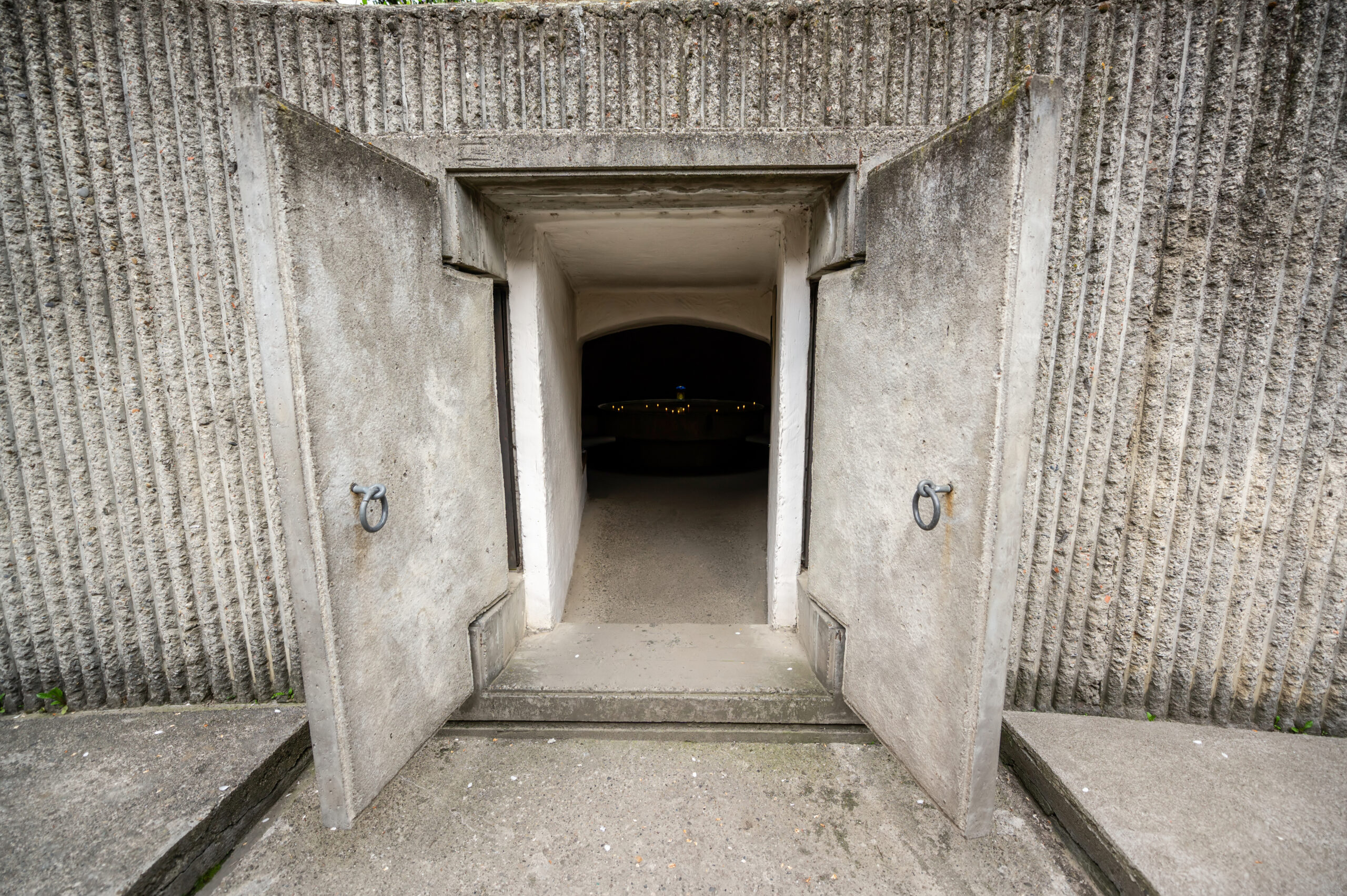The excitement over the government’s draft Law on Civil Protection and Civil Defense, which has caused great concern among the real estate development industry, has subsided somewhat. Of particular concern is the proposed shelter law, and consequently the obligations to adapt new buildings to serve as places of hiding for times of war or other emergencies.
A few days ago, the latest version of the draft law was released (dated July 26, 2024), so this is an opportunity to see whether the demands of the development industry have been taken into account and what consequences the proposed legislation will have when it comes into force.
Shelter vs. concealment
Most relevant from the point of view of investors is Chapter 9 of the newly drafted law, which deals with collective protection facilities. Such status may be acquired by protective structures on the basis of a decision of the competent civil protection authority or an agreement concluded by the authority with the owner or manager of such a facility. Protective structures are in turn divided into either shelters or hiding places.
The law defines a shelter as a building or part of a building with a closed and airtight structure, equipped with filtering devices or regenerative absorbers.
A hiding place, on the other hand, is a construction object or part of a construction object, recognized as a protective structure, with a non-hermetic construction.
The law also introduces the concept of a place of ad hoc shelter, which are considered collective protection facilities that are structures or parts of a structure adapted for the temporary hiding of people.
Places of temporary shelter in public buildings, blocks of flats and underground garages
The most important regulation from the point of view of investors is found in the proposed Article 91 of the Law. According to this provision, underground floors in public buildings or multi-family residential buildings and underground garages, if no protective structure is provided for them, shall be designed and constructed in such a way that places of temporary shelter can be organized in them. The problem with this regulation, however, lies in the fact that it is not entirely clear what technical conditions the places of emergency shelter should meet. Although the draft law refers to the implementing regulations issued on the basis of Article 7 (2) and (3) of the Construction Law (that is, technical conditions in general), from which it does not appear, however, what requirements are to be met by places of emergency shelter. This issue certainly needs to be refined, as it is crucial in the context of the need to adjust the construction project to the provisions of the Act, as well as to determine the financial consequences of adjusting the investment to the provisions of the proposed law.
The application of the provisions of the aforementioned Article 91 has been limited in this version of the draft to construction facilities or their parts, for which the proceedings for approval of the construction project, granting of a construction permit or approval of the facility for use were initiated after December 31, 2025. This restriction, although needed, was also worded incorrectly, as it would have been sufficient to refer to the date of initiation of proceedings for approval of a construction project or a construction permit. If one of these proceedings is initiated before December 31, 2025, it is pointless to still refer to the date of initiation of proceedings for approval for use, since the provisions of the proposed law will not apply in such a case anyway.
Undoubtedly, the government draft needs to be refined, particularly with regard to the precise definition of the requirements to be met by newly-designed buildings, especially multi-family buildings, as they will be the ones mostly tasked with providing shelter in times of emergency for residents.
Small shelter law
Independent of the government draft, the Parliament is proceeding with a parliamentary draft of the so-called Small Shelter Law. It assumes the introduction of provisions to the Construction Law regarding the obligation to adapt, among other things, underground garages in multifamily buildings to serve as shelters. They should meet at least the minimum concealment requirements for such a number of people as the design assumptions for the building or complex of buildings indicate, unless there are shelters in such buildings.





